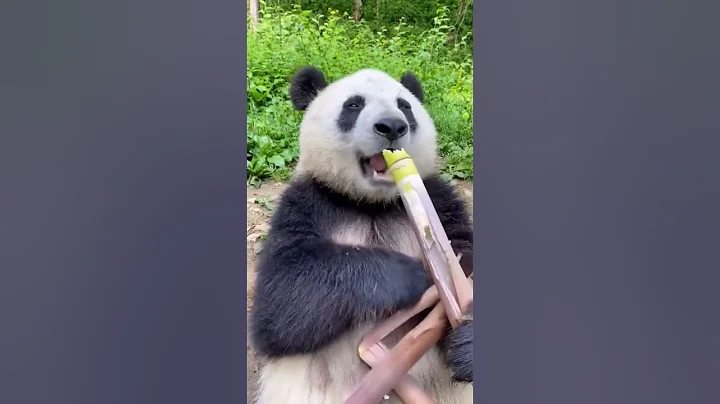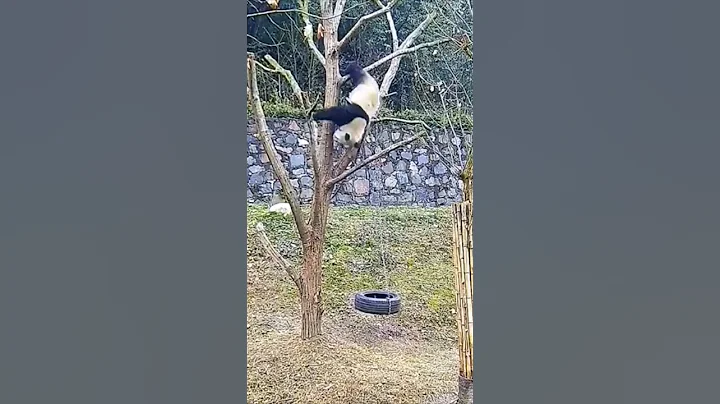The giant panda was originally a ferocious carnivore. When did it turn into a cute baby who loves bamboo ? Paleontologists have studied the sixth finger of the primitive panda, the "pseudo-thumb", and the results show that the giant panda's habit of eating bamboo originated at least 7 to 6 million years ago. This result was produced by Wang Xiaoming, a visiting researcher at the Institute of Vertebrate Paleontology and Paleoanthropology, Chinese Academy of Sciences (hereinafter referred to as the "Institute of Vertebrate Paleontology") and researcher at the Los Angeles Museum of Natural History, Deng Tao, a researcher at the Institute of Vertebrate Paleontology, and Ji Xueping, a researcher at the Kunming Institute of Zoology, Chinese Academy of Sciences The collaboration was completed and the paper was recently published in the international academic journal Scientific Reports.
In 2015, Deng Tao and Ji Xueping discovered the key pseudo-thumb and molar fossils of Eo-panda in the late Miocene site of Shuitangba. This is the earliest pseudo-thumb fossil of Eo-panda discovered so far. Paleontologists believe that this simple "thumb" shows that the giant panda's habit of eating bamboo originated at least 7 to 6 million years ago. But why has the pseudo-thumb of giant pandas not continued to grow but become shorter since the late Miocene? Paleontologists believe that there may be two reasons.
First, bamboo is very abundant in the habitat of giant pandas. The pseudo-thumb only needs relatively large grip strength to twist and pull one or a few bamboos, and does not need to be too long to grasp a larger number of bamboos. Another more important reason is to "not hurt your feet" when walking. Obese Ursidae animals all walk in a plantigrade manner, that is, the front and rear soles of their feet touch the ground when walking. The strongly elongated radial sesamoid bone will protrude from the palm surface, thus interfering with walking. Deng Tao said: "The limitation of weight sharing may be the main reason why the panda's pseudo-thumb has never evolved into a complete finger." (Guangming Daily All-Media Reporter Qi Fang)

Source: Guangming Daily





















